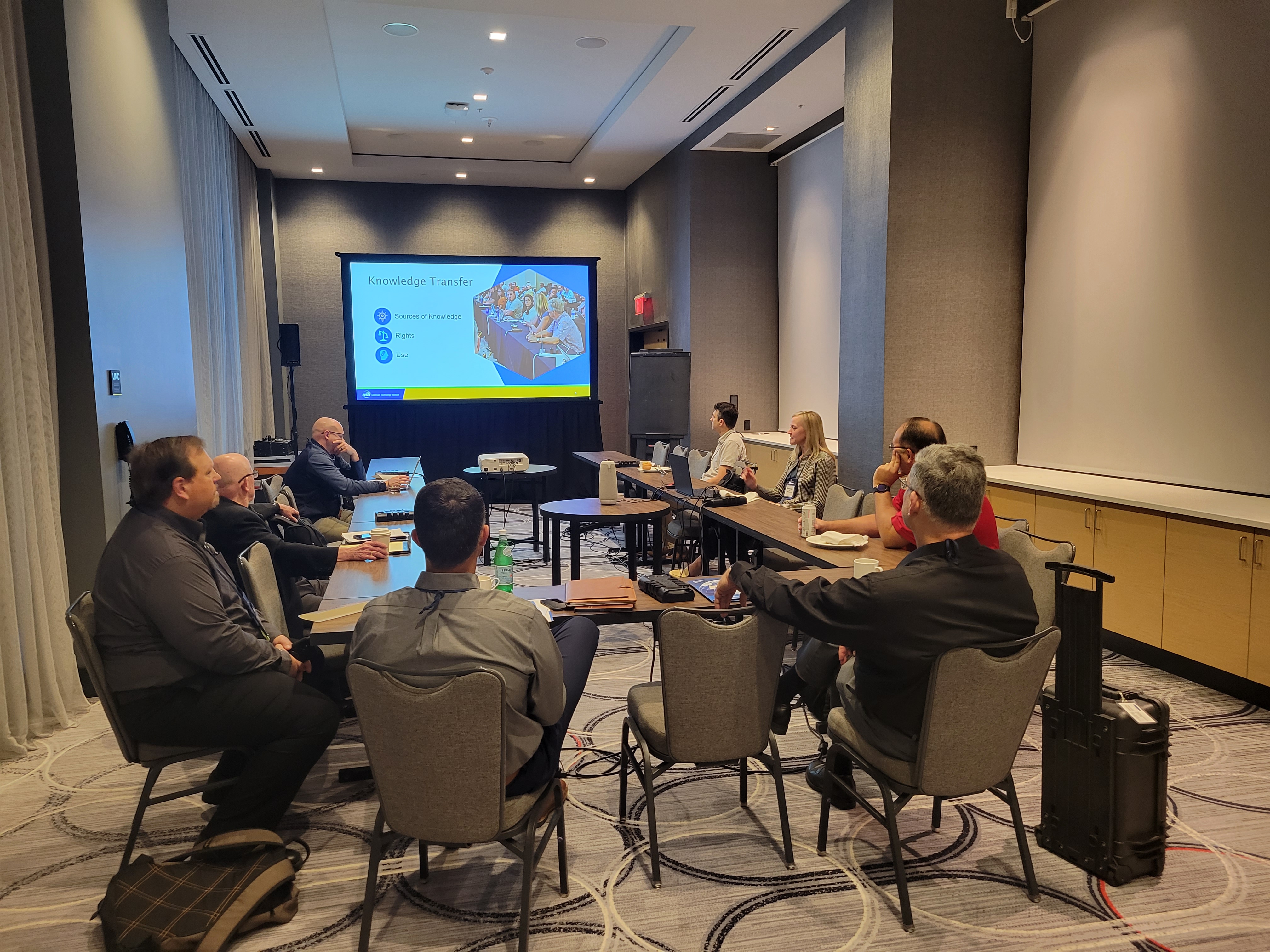2. What is MTI and why is it important?
MTI is a unique collaborative organization of member companies in the processing industries. Company dues are pooled and available to fund non-proprietary studies and projects on the common problems that members identify as priorities. This structure allows us to be efficient, agile, and quickly fund projects as industry needs arise. We currently have $2.5M in funded projects underway, with more than 15 others in development. MTI Projects have played an important role in capturing materials engineering knowledge and making it accessible to a new generation of engineers, and in developing resources that don’t exist anywhere else.
Examples include our Materials Selector series of books, widely regarded as the gold standard for specific types of corrosive mediums, a series of Atlases of Microstructures for certain stainless steels and nickel alloys, which illustrate practically all product forms for a given alloy or family of alloys, including welds, heat affected zone (HAZ), properly and improperly aged, and exposed sample microstructures. MTI’s Guidance for Failure Mechanisms expands on API 571 to cover guidance mechanisms more commonly seen in the chemical processing industries. MTI projects also address gaps in technology or technical understanding. Recent ones have developed optimized probes for early stage HTHA (High Temperature Hydrogen Attack) detection, non-destructive testing (NDT) for fiber reinforced plastics (FRP) and non-metallics, and tools for predicting remaining life in SMR (Steam Methane Reforming) components. MTI projects directly affect the safety, reliability and sustainability of the processing industries, and I am proud to be a part of an organization that is making a difference in this way.
3. Who are the members and why would a company want to join MTI?
MTI is strongly led by companies in the processing industries involved in both intermediate chemical production and oil and gas refining. MTI member companies include those that handle the most challenging processes and want to do so with operating excellence and safety as a priority. Many of our key members are large, global companies, and participate in our meetings throughout the world. MTI is ideally structured to support such companies and enable them to make engineering decisions more efficiently through our resources and network.
4. How do industry associations such as the Nickel Institute contribute to the work of MTI?
The Nickel Institute has been a valued supporter and participant in MTI for 24 years. NI has been active in providing information on stainless steels, nickel alloys, welding, and fabrication that has facilitated the successful application of thee alloys in industry.
NI has supported MTI Training events and provides speakers at the regional Technical Advisory Council (TAC) meetings, especially AsiaTAC, as well as Championing and participating in MTI Projects. The organization’s support has made a difference in the safety and reliability of the equipment installed.





